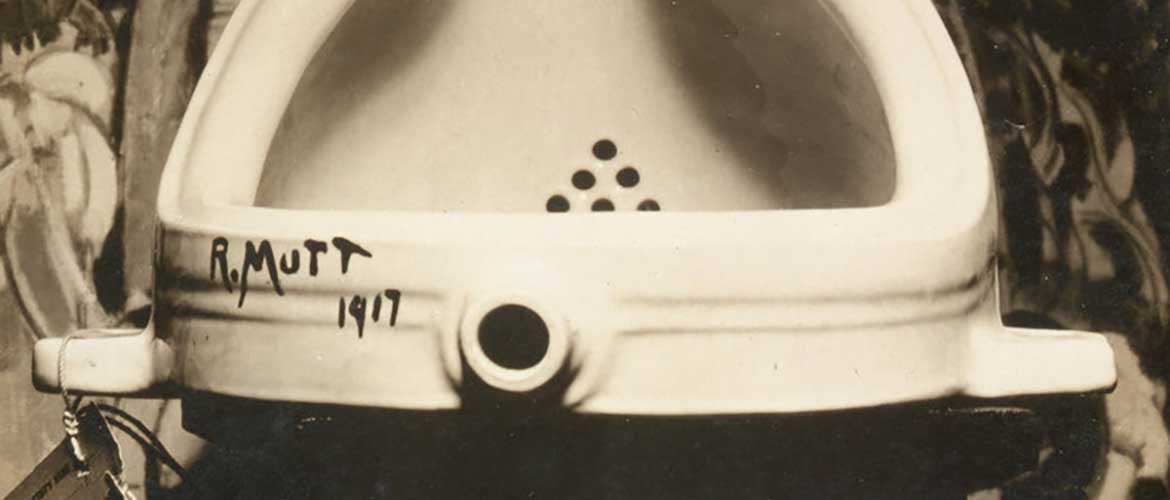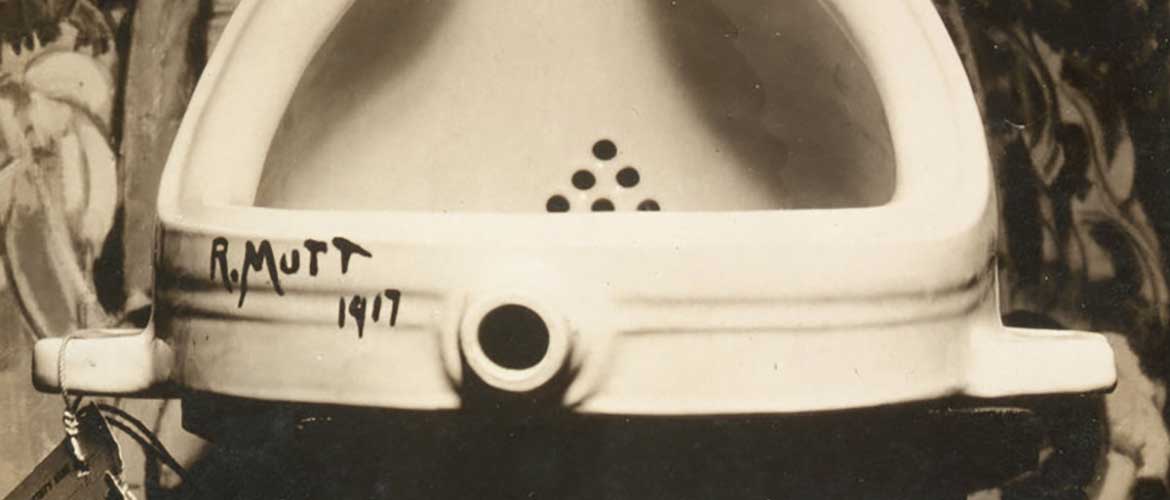What Makes Controversial Art Controversial?

No matter how much you like something, there are always things in it that step over the borderline of what is allowed and what is not. This is particularly applicable to art. Art has never been a place for restrictions; instead, artists seek the most expedient ways to transmit feelings or messages through their work. Contemporary art has gone farther in that regard, bringing to life a specific form known as controversial art. So what makes art controversial?

Marcel Duchamp’s “Fountain,” 1917
In trying to perceive controversial art
There is no single way to come up with the definition of this phenomenon, as well as there are no predetermined tokens of it. Mostly, it means a spectrum of art pieces that are transgressive in nature and may contain discreditable or even offensive language. Here lies a crux of the controversy, is it justifiable to show indecorous and scurrilous images even if they are sometimes truthful?
The purpose of controversial artworks is to show how preposterous some ideas or the whole life can be. Marcel Duchamp, a forefather of Conceptual Art, once presented at the exhibition a porcelain urinal and called the artwork ‘Fountain.’ By such an impetuous move, he shook the allegiance to canons regarding the perception and meaning of art.
Another example of controversial art is a 10-foot heroin spoon sculpture that was installed in Stamford, Connecticut in 2018. Though this piece is, without a doubt, a curious example of street art, we may fairly say that it is highly controversial. Many people struggle with heroin addiction, which makes the topic ticklish and provocative. However, a gallery owner, who placed the sculpture, had an intention to send a message to the pharmaceutical company Purdue Pharma for its contributions to the country’s opioid epidemic. Here we have a double-edged sword.
Controversy in art is a powerful tool to address radical and burning issues that are sometimes incongruous to society and hence controversial. Anyway, whether you like it or not, it is an important art form that has the right to exist.
